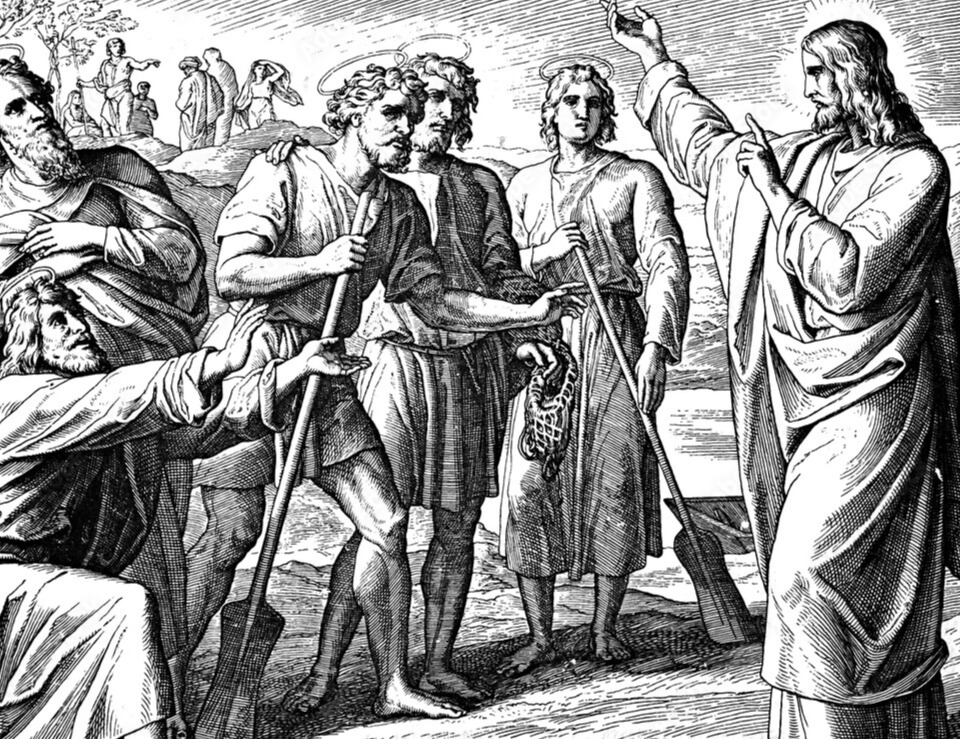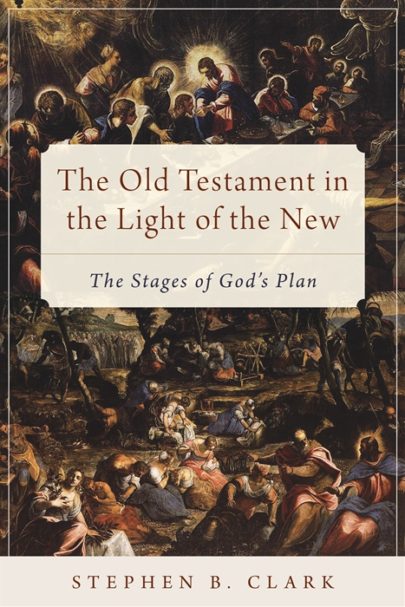Why Did Nathanael Believe in Jesus?
By Clement Harrold

In John 1:43-51 we encounter the puzzling scene of Nathanael coming to accept Jesus as the Messiah on the basis of what seems like very little evidence. In the narrative, Nathanael is approached by his friend Philip, who comes bearing the startling news that “We have found him of whom Moses in the law and also the prophets wrote, Jesus of Nazareth, the son of Joseph” (v. 45).
Faced with this outrageous claim, Nathanael retorts, “Can anything good come out of Nazareth?” (v. 46). Perhaps understandably, Nathanael is skeptical that the humble, backwater village of Nazareth could be the place of origin for the long-awaited Messiah. Nevertheless, Nathanael agrees to meet with Jesus, and while he is drawing near, Jesus declares “Behold, an Israelite indeed, in whom is no guile!” (v. 47).
Here we find an obvious allusion to the Old Testament figure of Jacob, later renamed as Israel, who is famous for being the Israelite in whom there was much guile! It was Jacob who pressured his older brother Esau into selling off his birthright (see Gen 25:29-34), and it was Jacob who deceived his ailing father Isaac into handing him the blessing which should have gone to Esau (see Gen 27). Jesus is therefore identifying and praising something in Nathanael’s character, namely, his guilelessness, his sincerity, and his honest pursuit of truth.
Nathanael reacts with surprise, “How do you know me?” (v. 48). And here comes the cryptic part. In his reply, Jesus seems to sidestep the question: “Before Philip called you, when you were under the fig tree, I saw you” (v. 48). Yet instead of repeating himself—“Okay, sir, that’s great you saw me under the fig tree, but I’m still wondering how you know me?”—Nathanael responds with an astounding statement of faith: “Rabbi, you are the Son of God! You are the King of Israel!” (v. 49).
What are we to make of all this? Here some biblical commentators will resort to surface level explanations, arguing that in this moment Nathanael recognizes Jesus to be a wonder worker, and this alone accounts for what’s going on in the passage. Perhaps Nathanael is stunned to discover that Jesus miraculously knows that he was standing under a fig tree, and this divine sign is enough to induce him to accept Jesus as the Messiah.
While this explanation may contain some truth, it appears insufficient. Clearly John has set up this passage to mark Nathanael out as an honest man, yes, but one deeply skeptical of Philip’s claims about Jesus. Given this, how plausible is it that Nathanael would come to accept Jesus as the Messiah purely on the basis of having been seen under a fig tree?
It seems that something more is going on beneath the surface; Jesus’s words have apparently resonated with Nathanael at a much deeper level. What might that level be? Here the clue lies back in verse 45, when the apostle Philip assured Nathanael that “We have found him of whom Moses in the law and also the prophets wrote.” In their exchange, Nathanael begins to realize that Jesus has weaved together Old Testament texts in such a way as to mark Himself out as the Savior of Israel.
In particular, it seems that Nathanael was familiar with the prophecies of Zechariah 3, which speak of the coming Messianic age. Aware of the Zechariah prophecy, Nathanael knows that in this promised time of renewal, every man “will invite his neighbor under his vine and under his fig tree” (Zech 3:10). Nathanael knows he was standing under a fig tree when Philip called him, and he is amazed by Jesus’s miraculous knowledge of what took place. But what seals the deal for him is Jesus’s invocation of the Old Testament prophecy pointing forward to the coming Messiah.
In other words, Nathanael realizes this is no ordinary wonder-worker, but one who fits the Messianic template provided by Moses and the prophets. The connection may be further strengthened in his mind by the knowledge that the rabbi standing in front of Him comes from Nazareth. In the Zechariah prophecy, the message is that new life will spring from the land of God’s people, a land which had been left barren and desolate following Babylon’s destruction of Jerusalem in B.C. 586 (see Zech 3:8-9). Likewise, in Nathanael’s day, new life will spring from the unlikeliest of places: the lowly town of Nazareth.
Similarly, the famous prophecy from Isaiah 11:1 speaks of a shoot coming forth from the stump of Jesse, and a branch arising out of his roots. Many of the Church Fathers saw a connection between the Hebrew word for “branch” (netser) and the name “Nazareth.” If these Fathers were correct, then it could be that Nathanael also has Isaiah in mind with his promise that spiritual renewal would one day come. In a flash of spiritual insight, Nathanael realizes that the Nazerean standing before him is the divine netser, symbolizing the arrival of the Lord’s anointed one and the long anticipated invasion of grace.
To cap off the passage, we have another allusion to the patriarch Jacob when Jesus basically declares, “You ain’t seen nothing yet!” (see v. 50). He adds: “Truly, truly, I say to you, you will see heaven opened, and the angels of God ascending and descending upon the Son of man” (v. 51). This is a reference to the vision of Jacob’s Ladder described in Genesis 28.
By invoking this imagery, Jesus is dramatically placing Himself at the center of the Old Testament scene. Standing before Nathanael, the Son of God and Son of Man reveals Himself to be the “one mediator between God and men” (1 Tim 2:5) who has come into the world so that the gates of heaven might be opened to all those who believe.
Further Reading:
https://youtu.be/PVlV1JF6-x4?si=ogw-uvw-oh4rOnYM
https://www.catholic.com/qa/what-is-nathaniel-and-the-fig-tree-about
Clement Harrold earned his master’s degree in theology from the University of Notre Dame in 2024, and his bachelor’s from Franciscan University of Steubenville in 2021. His writings have appeared in First Things, Church Life Journal, Crisis Magazine, and the Washington Examiner.
You Might Also Like
While the Old Testament books are directed to the people of Israel, they also bear great significance for Christians who can decipher in Old Testament writings the gradual phases of God’s salvific plan. In The Old Testament in the Light of the New: The Stages of God’s Plan by Stephen B. Clark, the author provides a comprehensive presentation of how and why the Old Testament forms part of the Christian Bible and offers a program for how to read the Old as a Christian—namely, in the light of the New.
